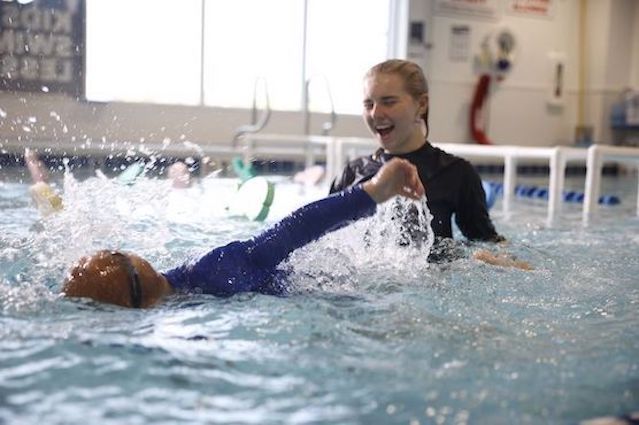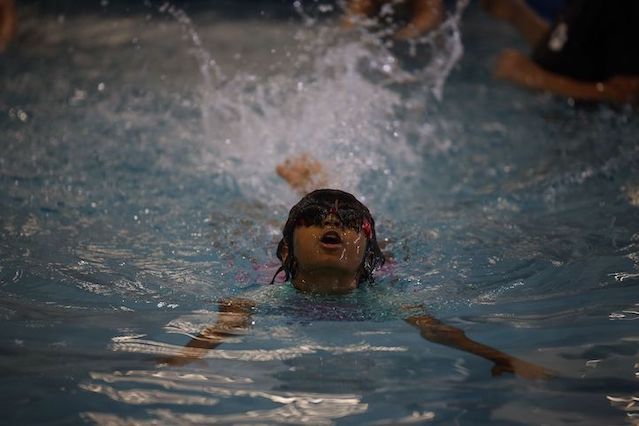Fantastic Four: The Primary Swim Strokes
Hey there, swimming enthusiasts and families! Today, we're diving into the world of swimming strokes. Learning the primary strokes is not only a great way to boost your child's confidence, but it also sets the stage for a lifetime of enjoyment in the water. At Big Blue, we're all about creating a fun and safe environment for children to learn and thrive in the pool and, eventually, learning the strokes is a huge part of that! So let's go over the basics of the primary swim strokes and why they are important for our swimmers to learn!
1. Freestyle
Freestyle, also sometimes known as “front crawl swim” or “catch up” around our pools, is a true classic in the world of swimming and is probably the most common of the four strokes. It involves alternating arm movements and leg kicks, ensuring that your child glides smoothly through the water on their front. Freestyle swimming helps build overall strength, endurance, and coordination, making it an essential stroke to master. Because it is the most common and most efficient swimming stroke, this is the one that we focus on first and most often in lessons!

2. Backstroke
Just like freestyle, backstroke is very beneficial for a swimmer to learn! When taught in lessons, it encourages your child to refine their balance and body positioning in the water. As they stay on their back and circulate their arms up, out and back into the water while kicking, they learn to engage and control their core muscles along with the rest of their body. Because swimmers are on their backs for this stroke, backstroke also teaches and enhances spatial awareness and focus, which is crucial for water safety skills.

3. Breaststroke
With its distinctive frog-like movements, breaststroke is a stroke that emphasizes grace and precision. It has a unique rhythm, including the coordination of arm pulls, leg kicks, and breaths that create a smooth glide through the water. Breaststroke is a fantastic stroke for developing strength and endurance in both the leg and upper body muscles. Plus, it reinforces proper breathing techniques, as a swimmer’s head surfaces with each stroke. Additionally, the arm movement used to pull the water in breaststroke is one of the most efficient ways for children to dive or swim further down for toys! All in all, breaststroke is an incredibly helpful stroke to learn.

4. Butterfly
Prepare to take flight! Butterfly is known for its stunning and powerful movements, which mimic the elegance of a butterfly in flight. As your child masters the simultaneous arm pulls and dolphin-like kicks, their overall strength and body coordination will improve significantly the more they swim this stroke. The butterfly stroke builds core strength and stamina while also cultivating discipline and focus.

Want to see all four of these swim strokes in action? Check out this video on Instagram!
Ready to sign your child up for lessons? Click here to view all of our locations and get signed up!